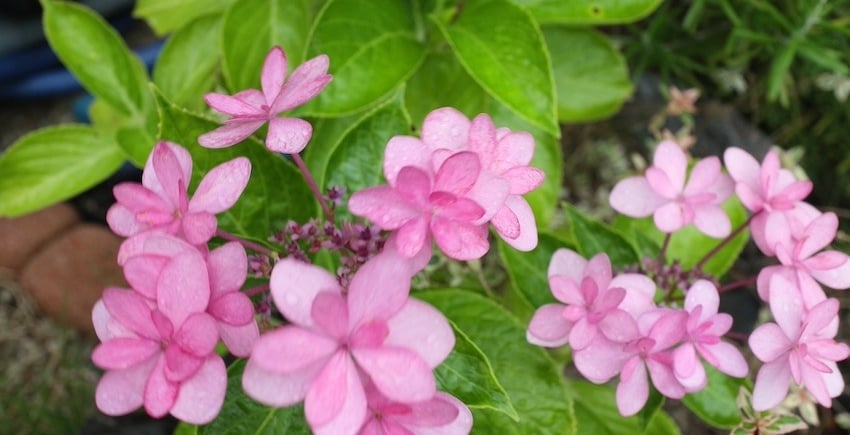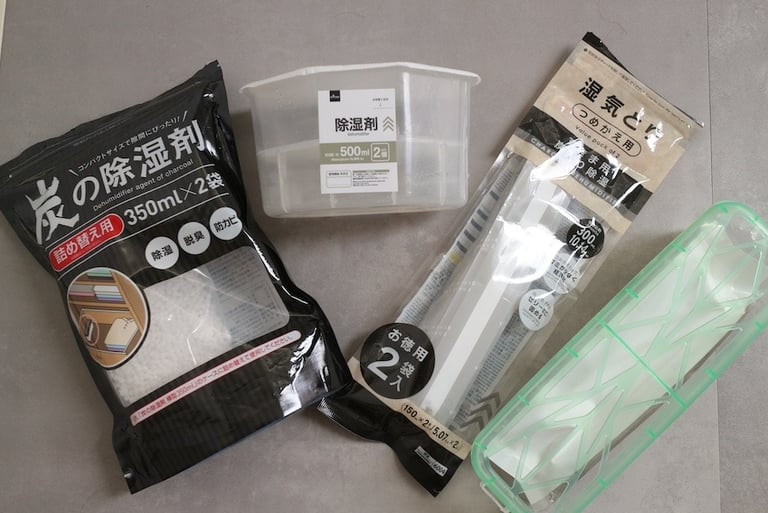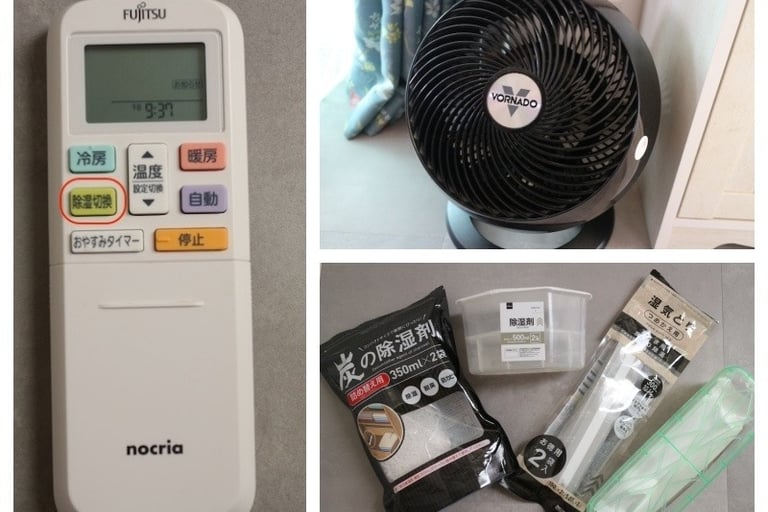Tips on how to deal with the rainy season in Japan
From winter, spring summer to autumn, Japan consists of four seasons. Between the changing seasons and summer there is a period called the rainy season. In this period, rain will fall every day, humid weather and also strong winds blowing, even similar to typhoons. This time, the author will discuss the rainy season, or in Japanese "Tsuyu/ 梅雨", and tips on how to get through the rainy season in Japan comfortably.
NPauli
7/1/20243 min read


Characteristics and special phrases of the Japanese rainy season
Special phrases that often appears in the Japanese rainy season
・Coming around June ~ July
・The rain that fell on consecutive days was mostly drizzle
・High humidity levels are accompanied by hot air temperatures.
・Unstable weather: With the sudden appearance of rain and lightning accompanied by strong winds.
①梅雨 / Tsuyu
It is the time when the rainy season ends and the summer begins. In Japan, the end of the rainy season follows the start of the rainy season and It`s usually announced between mid-July and early August.
The following are the characteristics and special terms that are often heard during this period:
Tsuyu (Rainy season) is a long period of rainy season that usually occurs around June in Japan. Occurs in most areas of Japan (except Hokkaido), South Korea and southern China. The weather phenomenon will be characterized by frequent rain and few sunny days.
② 梅雨入り / Tsuyu iri
The start of the rainy season (tsuyu iri) is the beginning of the long rainy season that occurs in Japan and other parts of East Asia, occurring every year at the start of summer. This period usually lasts from early June to mid-July, with high humidity and frequent rainfall.
③ 梅雨明け / Tsuyu ake
A period that refers to the beginning of the rainy season in Japan and other parts of East Asia. This term is almost the same as Tsuyu iri, but it is more often used in the context of traditional calendars and weather observations. Nyubai usually occurs in early to mid June and occurs around the start of tsuyu iri.
④ 入梅 / Nyubai
⑤ 梅雨前線/ Baiu zensen
A term that refers to a stagnant boundary or line during the rainy season in Japan and East Asia. This Baiu Zensen is a low pressure weather line that extends from north to south, stagnating over the Japanese islands for a long time causing continuous rainfall.
⑥ 紫陽花 / Ajisai
Hortensia / Hydrangea flowers will bloom this season. This flower comes from Asia, including Japan, and is known as the 'tsuyu/rainy season flower' because it blooms during the rainy season. The color of Hydrangea varies, depending on the pH level (acidity level) of the soil. In acidic soil, the flowers will bloom in blue, and in alkaline soil, the flowers will bloom in pink. The shape of the Hydrangea looks like a bunch of small flowers, but actually the petal-like part is the 'calyx' and the small part in the middle is the actual flower.
⑦ 湿気剤 / Shikke-zai
A product or material that absorbs the humid. This product is widely used during the Japanese rainy season.
Tips for getting through the rainy season comfortably
In this season, it will feel uncomfortable due to the hot temperatures and high humidity levels. In order to get through this season feeling comfortable, here are some tips that are worth doing:
・Turn on the "除湿機 / Joshitsu-ki" (humidifier) machine or set the setting to "除湿切換 / Joshitsu kirikae" (changing the setting to suck up humidity setting) on the AC.
・Storing “湿気とり/ shikke-tori” or “除湿剤/ Joshitsu-zai” (a gel product that will melt because it absorbs the humid) in a damp place where mold can easily appear.
・Turn on the fan to improve air circulation.
・Wipe the bathroom walls and keep them dry or open the bathroom window wide to allow air circulation.
Hopefully it`s useful, :)






